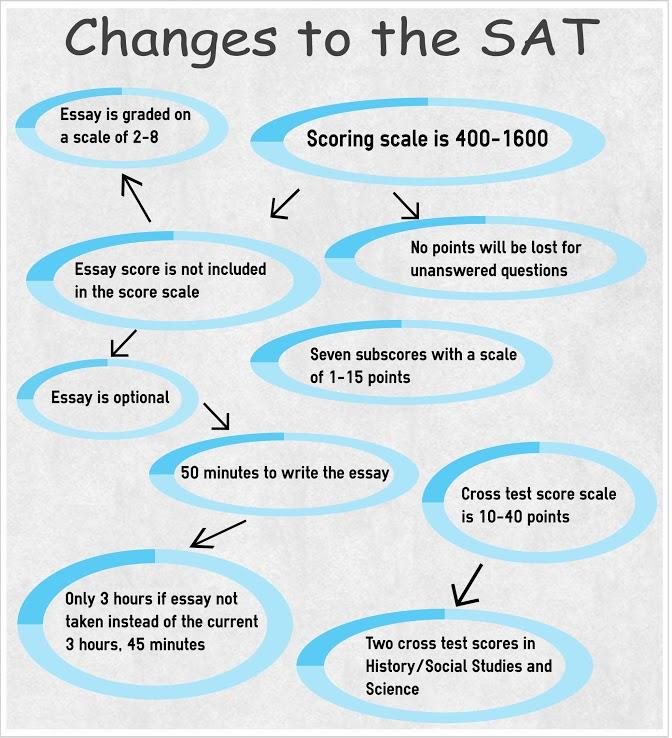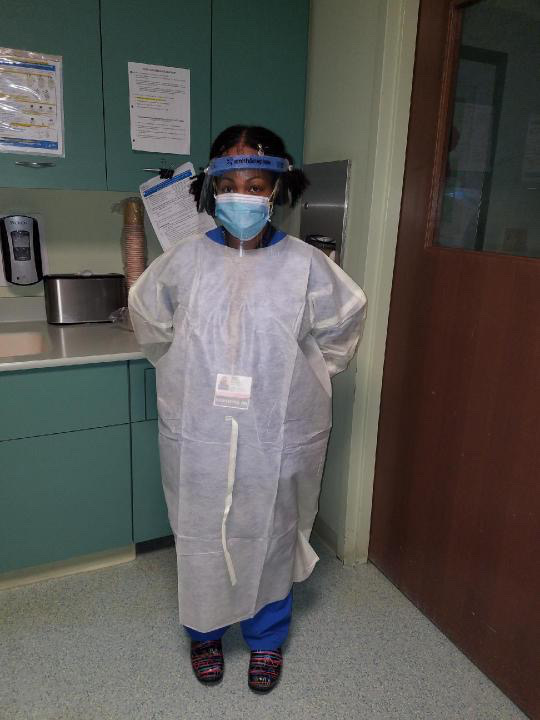If a group of high school students were asked what they hate the most, the answer would most likely be the dreaded and expensive SATs. Students spend their valuable time (and their parents’ money) preparing, taking, and worrying about the SAT. Now, the test is being rebooted with an optional essay and no point deduction for incorrect answers.
Although recent changes seem to make the SAT a more popular option, speculation has been raised as to why the College Board altered the test. “No college has ever said to me we would rather have an ACT instead of an SAT,” said Candace Kilmer, a counselor for 19 years, 13 of which were at SPFHS. The most likely reason behind the revamps would trace back to the ACT, which has rapidly gained test takers during the past 30 years. Among those skeptical in the changes is Bard College President Leon Botstein, who wrote an op-ed published by TIME last year. “The alleged improvements are motivated not by any serious soul searching about the SAT, but by the competition the College Board has experienced from its arch rival, the ACT,” Botstein said.
The College Board, a nonprofit based out of New York City, runs the SAT and AP program. In 2012, the nonprofit totaled a revenue of $795,817,602, and profitted $55,255,917, according to a tax report filled out by the company.
On the SAT alone, the College Board pulled in $398,732,120 while only spending $311,550,114 on administrating the test. “College Board is a nonprofit organization that relies heavily on test fees for funding,” Kilmer said.
While the College Board should not be going in debt handing out the SATs, they are making a substantial profit. There needs to be a change in how much money the company makes, or how much it gives back. Botstein called the College Board “a profit-making business masquerading as a not-for-profit educational institution serving the public good.” If the College Board wants to gain a better reputation, it needs to help the students from lower income families.
According to an article on The Wall Street Journal’s website, in 2014, the higher the income of the family for the student taking the test, the more likely they would succeed than others. Students whose families have an income of $200,000 score over 70 points higher on average in all three parts of test, while students whose family’s income is under $20,000 averaged forty points less on all three sections. The Wall Street Journal came to the conclusion that “Not only are the wealthiest families best equipped to pay for college, their kids on average are more likely to post the sort of scores that make admissions easy.”
The SAT lives up to its billing as being coined the “Wealth Test” in several ways. If the College Board creates free SAT study sessions and prep classes for students who cannot afford it, this would benefit less fortunate students. This would level the playing field, giving students from low-income families a better chance to do well, ultimately reducing economic inequality.








